Sometimes things collide in the happiest of ways. I was in NYC last week, where I had the opportunity to see the fabulous Harlem Renaissance show at the Met and Cora’s Kitchen, by Kimberly Garrett Brown—set during the Harlem Renaissance—happened to be next-up on my Kindle. So I read the book with images of my favorite paintings from the show fresh in my mind.
Cora works at the library, but longs to be a writer; her husband Earl plays the bass at a nightclub. When they were young, they pledged to honor each other’s dream but marriage, motherhood, and a full-time job have given Cora no time to pursue hers. One night, worrying about her son Junior who’s been skipping work, Langston Hughes’ poem “The Troubled Woman” comes to mind.
“I’d never thought of myself as a troubled woman before, but I am. My days are becoming more and more wearisome…It makes me want to write, but I don’t know where or how to start. It’s too bad I can’t write like Langston. I sure would have a lot of stories to tell about being a troubled woman.”
She knows him from attending library forums and the Booklover’s Club together and works up her nerve to write to him at college. She brings him up to date on the library and what she’s reading—Walt Whitman’s Leaves of Grass. She says she misses the way they talked about books before he left for Philadelphia.
Then she writes, “When I met my husband, he explained his life would be worthless if he had to give up music. Part of the pain of hell for me is I don’t think I’m being who I need to be. If I were, my writing wouldn’t be limited to my journal.”
They begin a correspondence in which Cora shares thoughts about her life and, in time, her efforts at writing stories. He encourages her to seize the time to write.
“Don’t wait until all your other duties are completed to write in your notebook. Carry the notebook around. Jot down ideas, observations, conversations and scenes as they happen.” It’s important for black people to tell their own stories, he tells her. “People want to read about black people…The Negro is in vogue.”
Kimberly Garrett Brown brings Harlem in the 20’s alive in the details of Cora’s life—details Cora finally begins to see are rich with stories.
Cosmically, a scene in the book actually involves a woman in an orange dress!
Complicating her already busy, complicated life, Cora reluctantly agrees to to take time off from her library job to fill in for her cousin Agnes, a domestic worker, after Agnes is brutally beaten by her husband.
Enter Eleanor Fitzgerald, the wealthy white lady of the household, who, it turns out, is a troubled woman herself.
Here, the book takes a very interesting turn. Eleanor quickly recognizes Cora’s intelligence and, in time, Cora opens to Eleanor’s attempts at friendship. She’s wary, of course! Uber-aware of all the ways things could go wrong. But Eleanor’s belief in her as a writer and the dawning realization that troubled women are troubled women, regardless of the color of their skin, change Cora’s life profoundly.
I won’t say how. I’ll leave you the pleasure of finding out.
It’s a novel well worth your time for so many reasons!





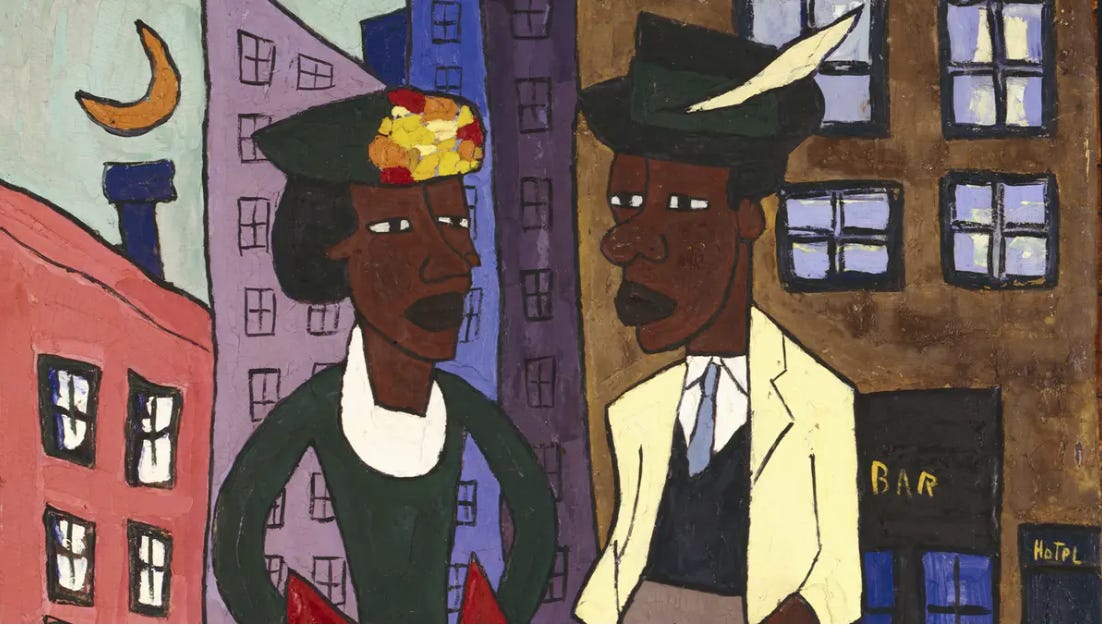
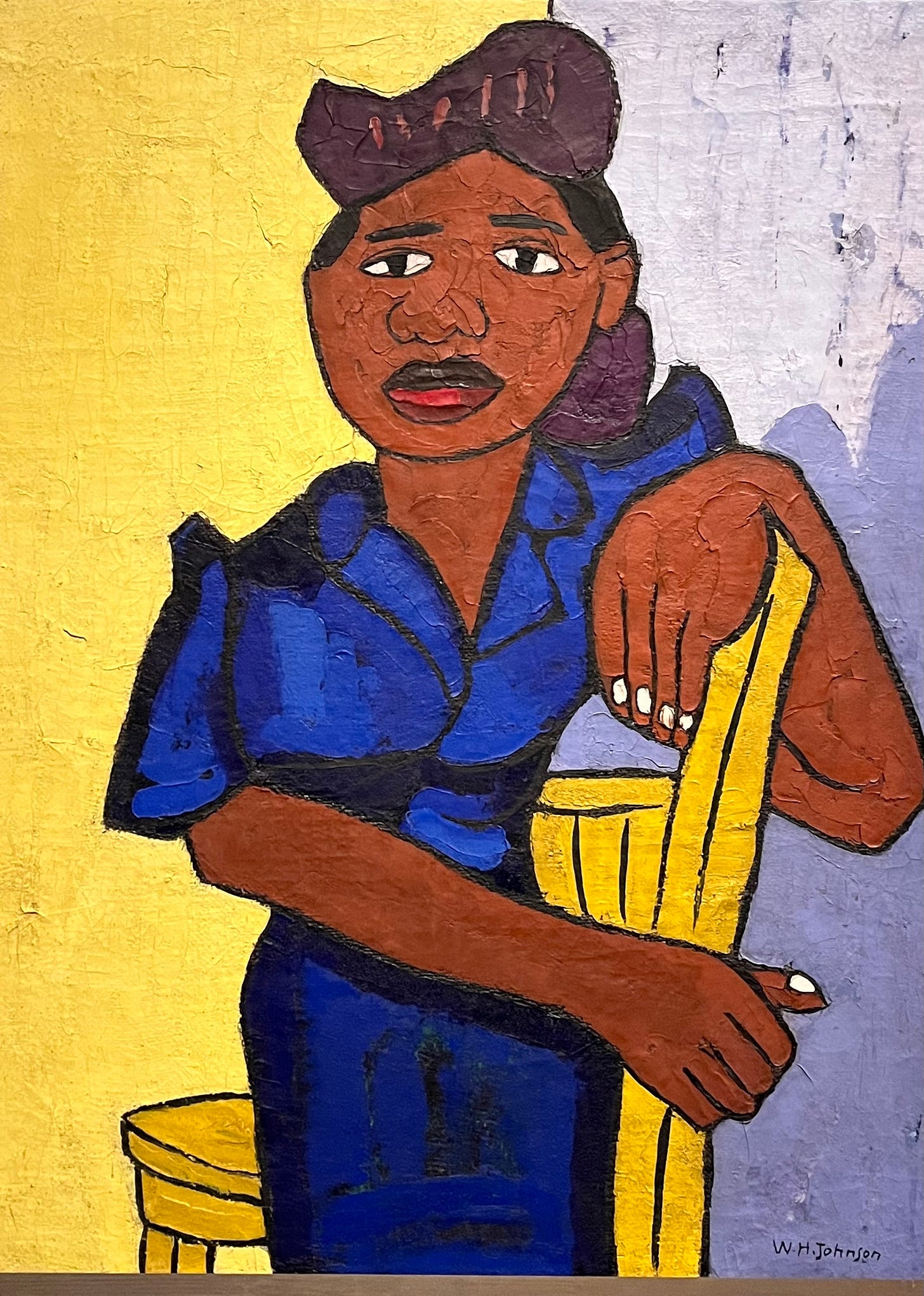
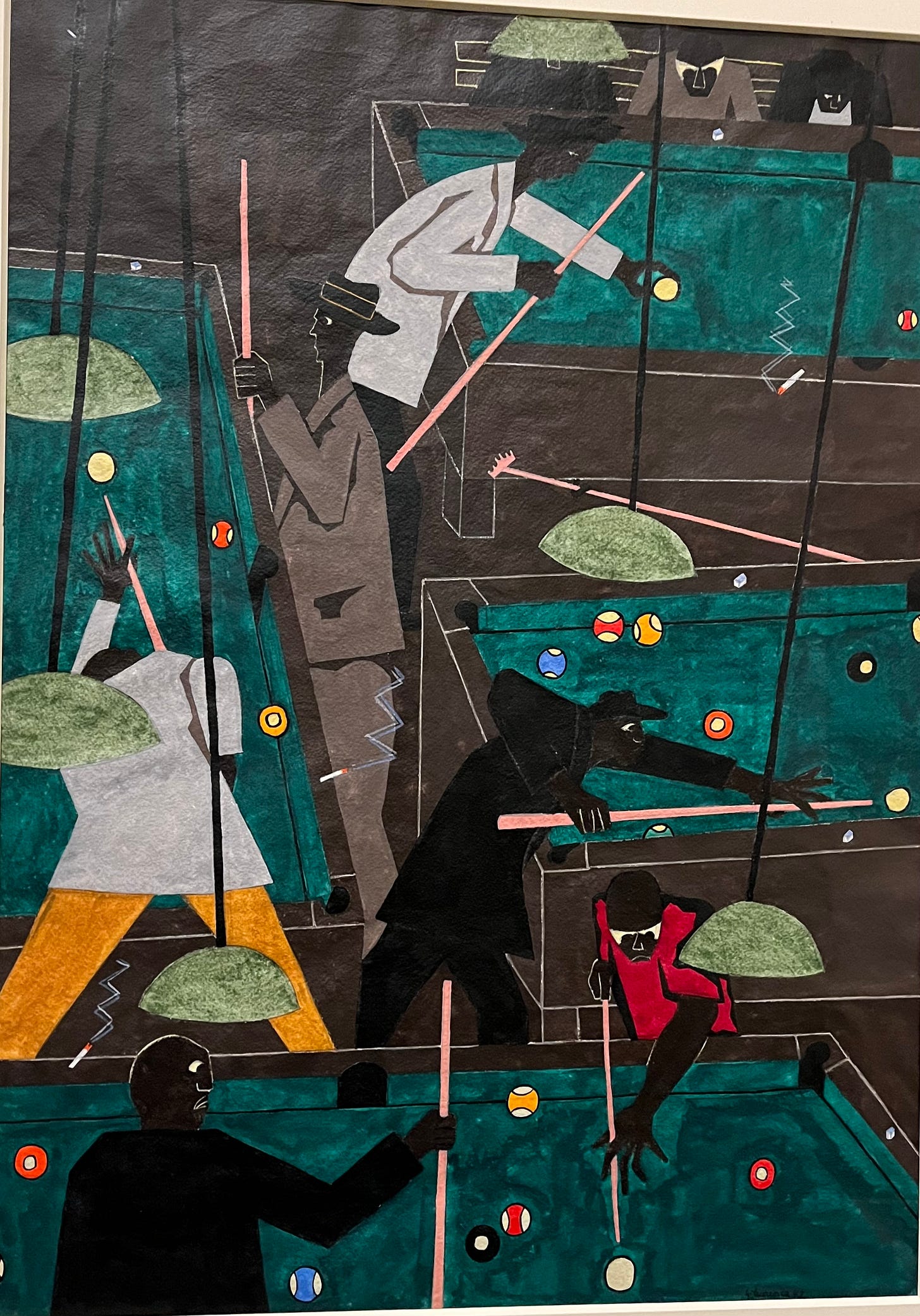
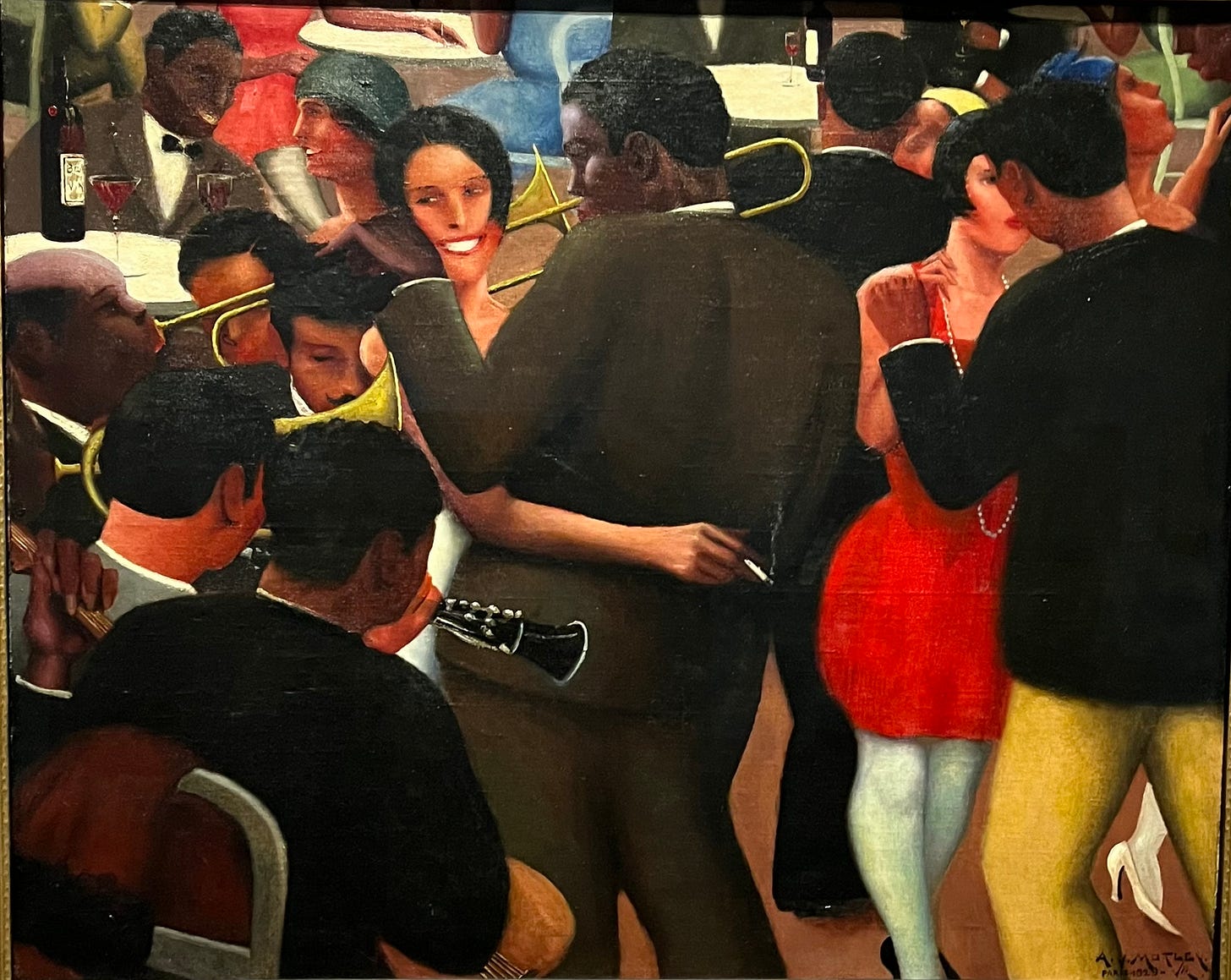
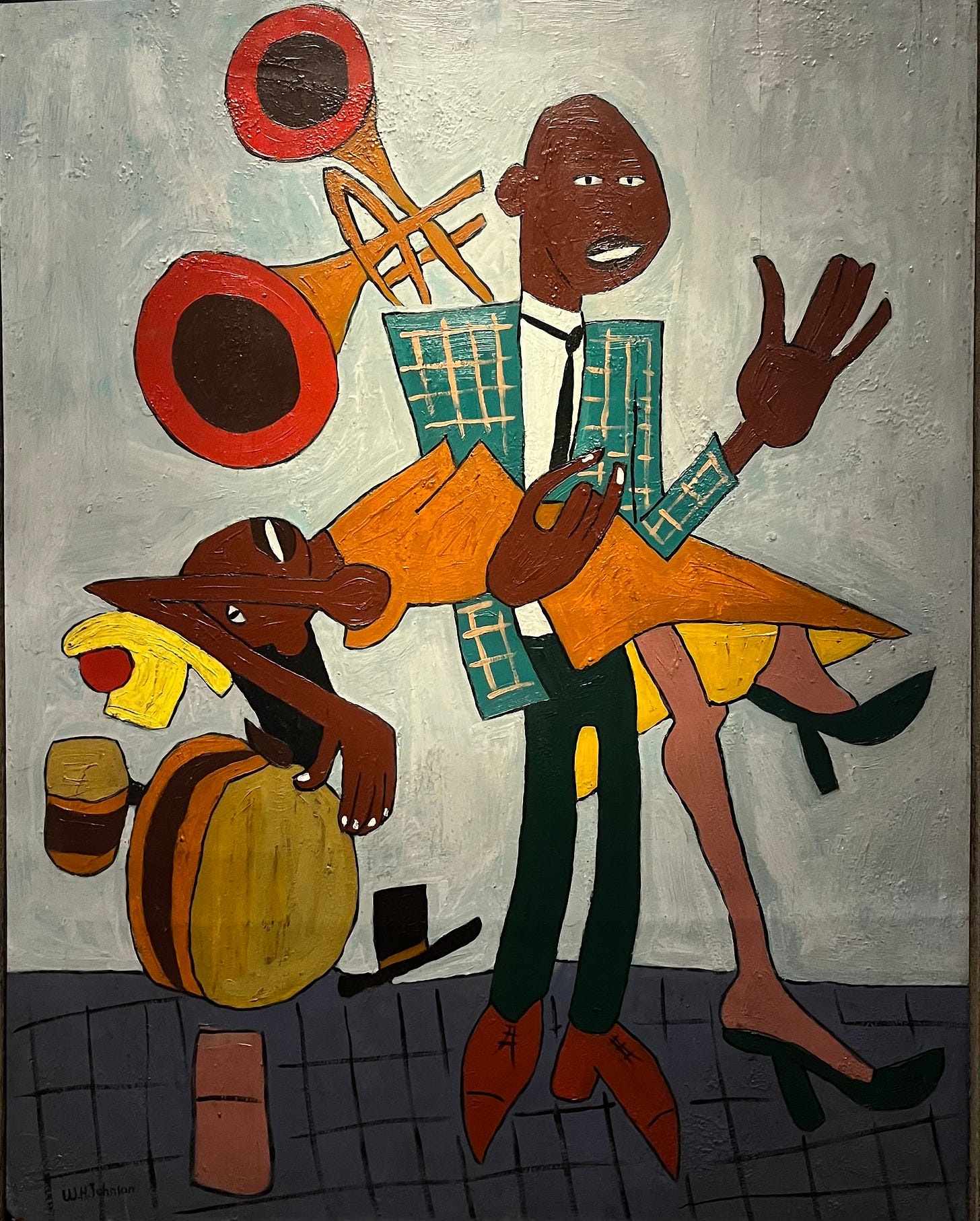
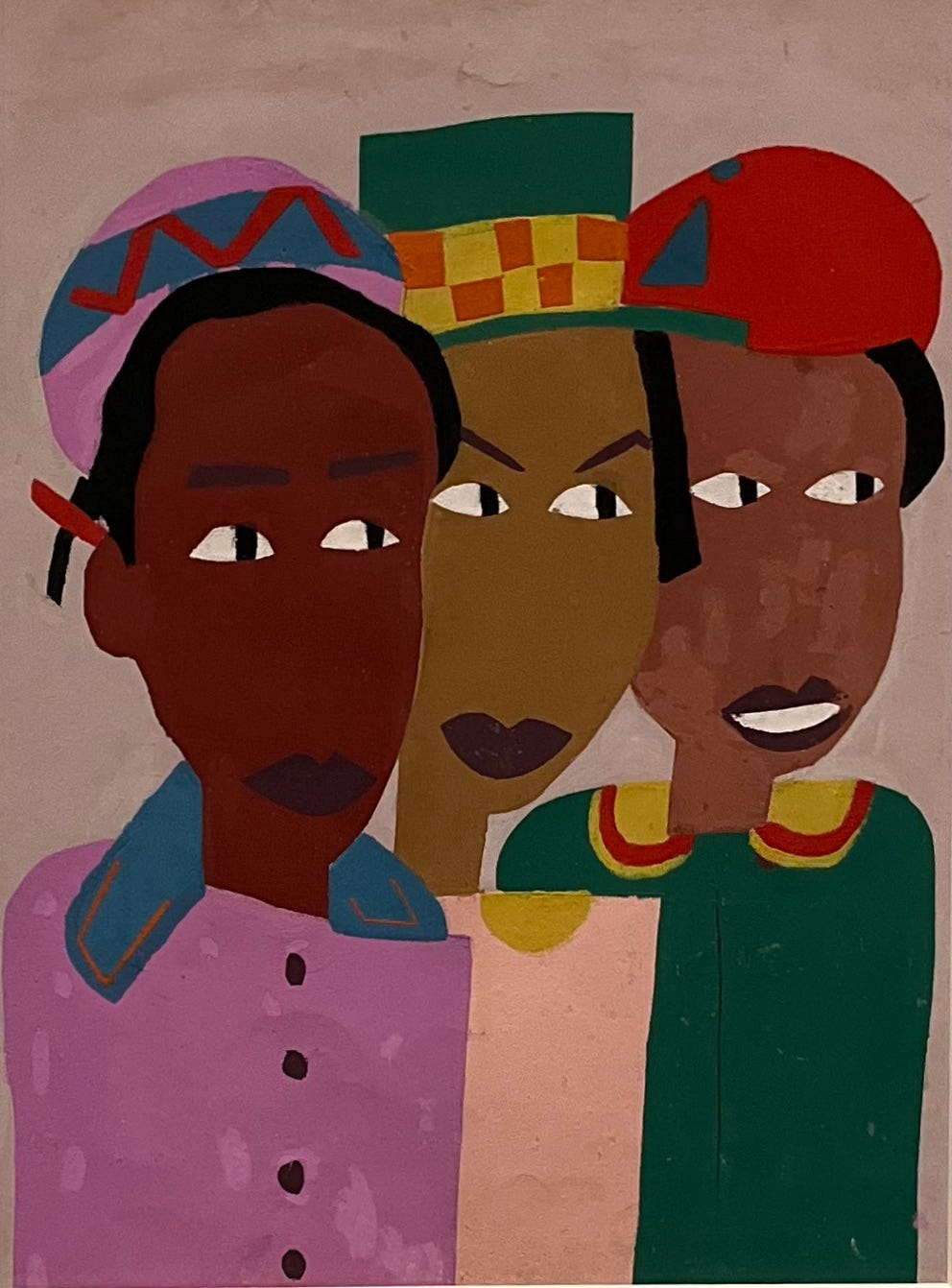
It really was! So cool to imagine some of the paintings as characters and scenes in the book.
It really was cool!